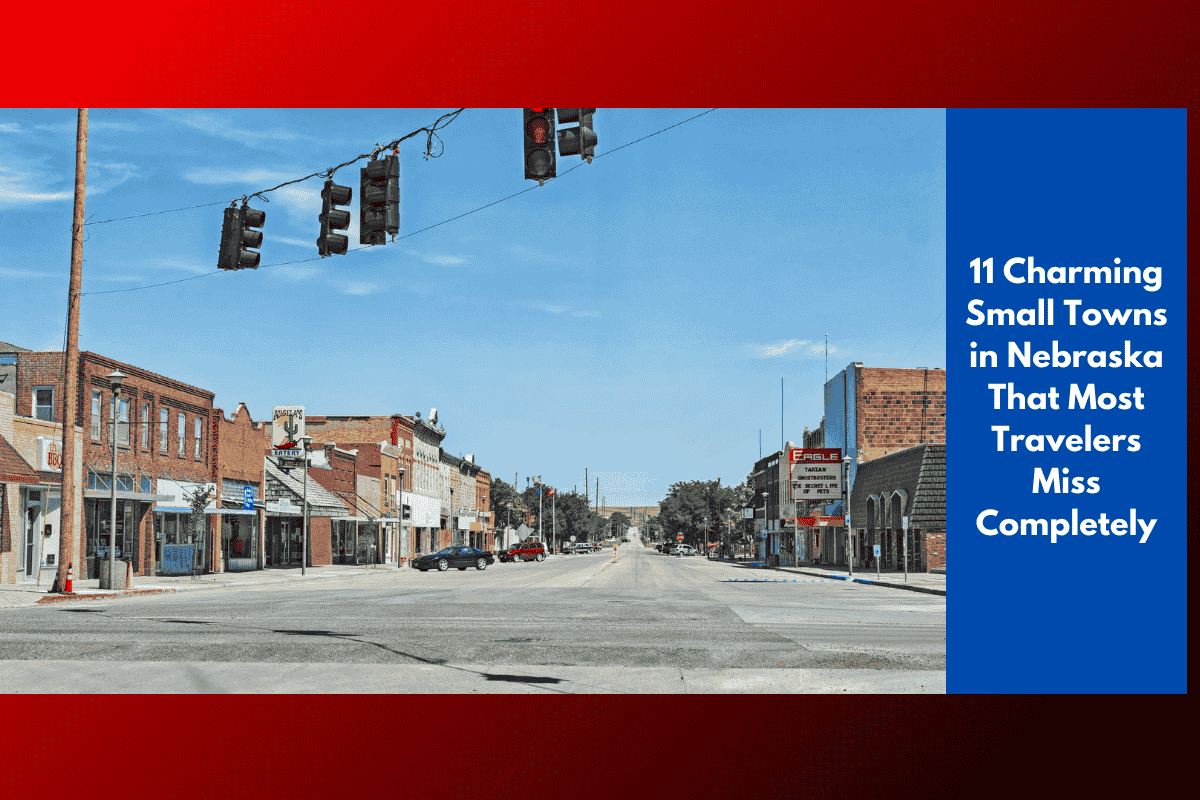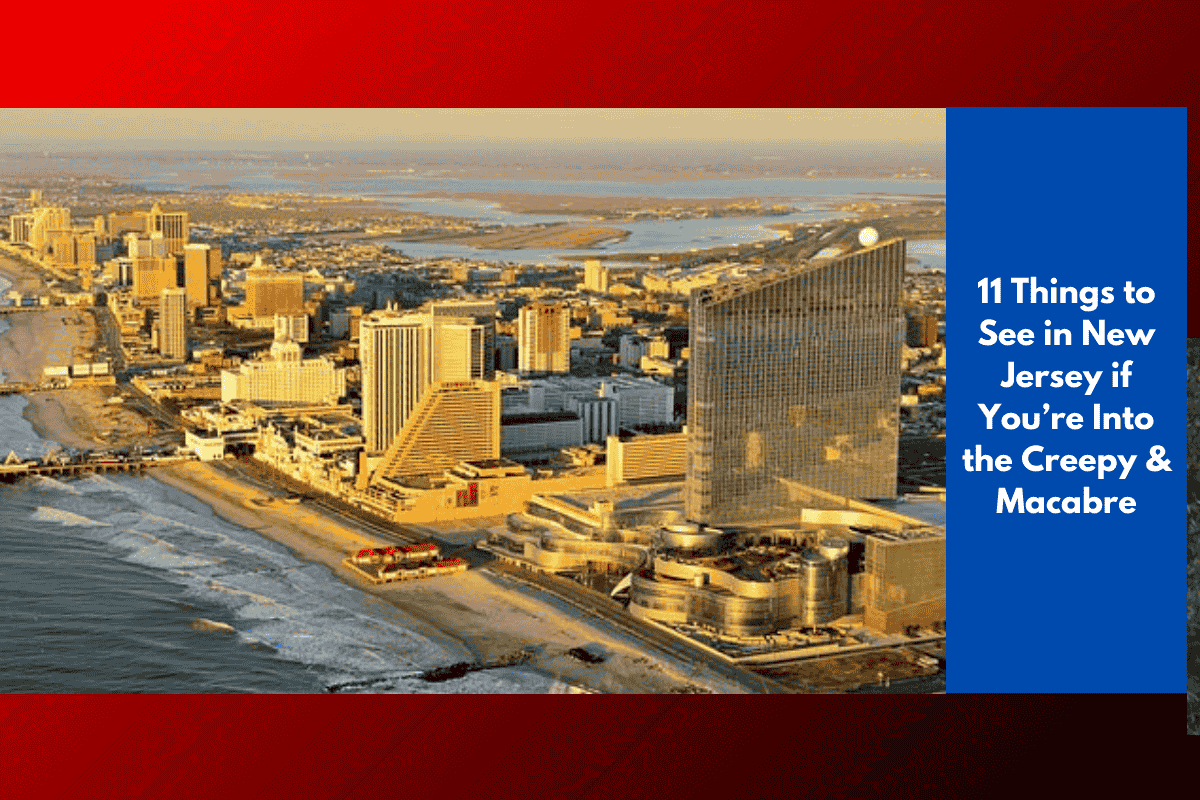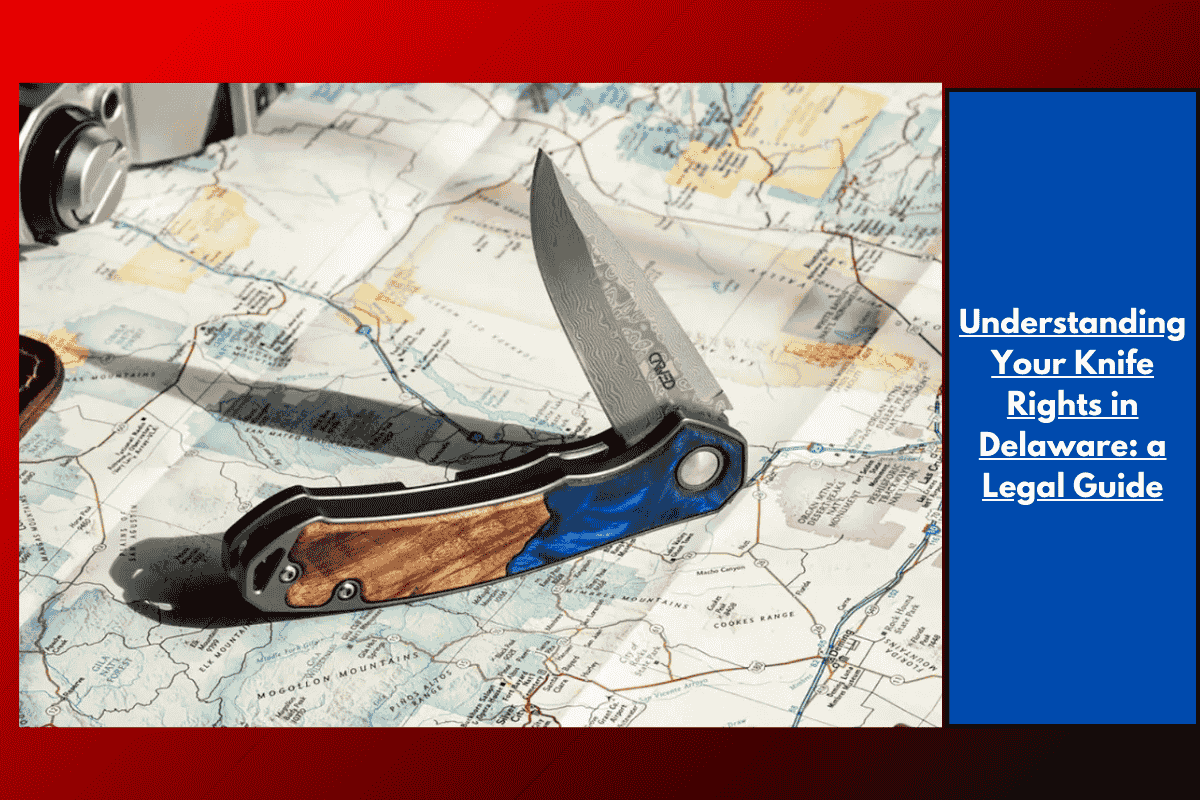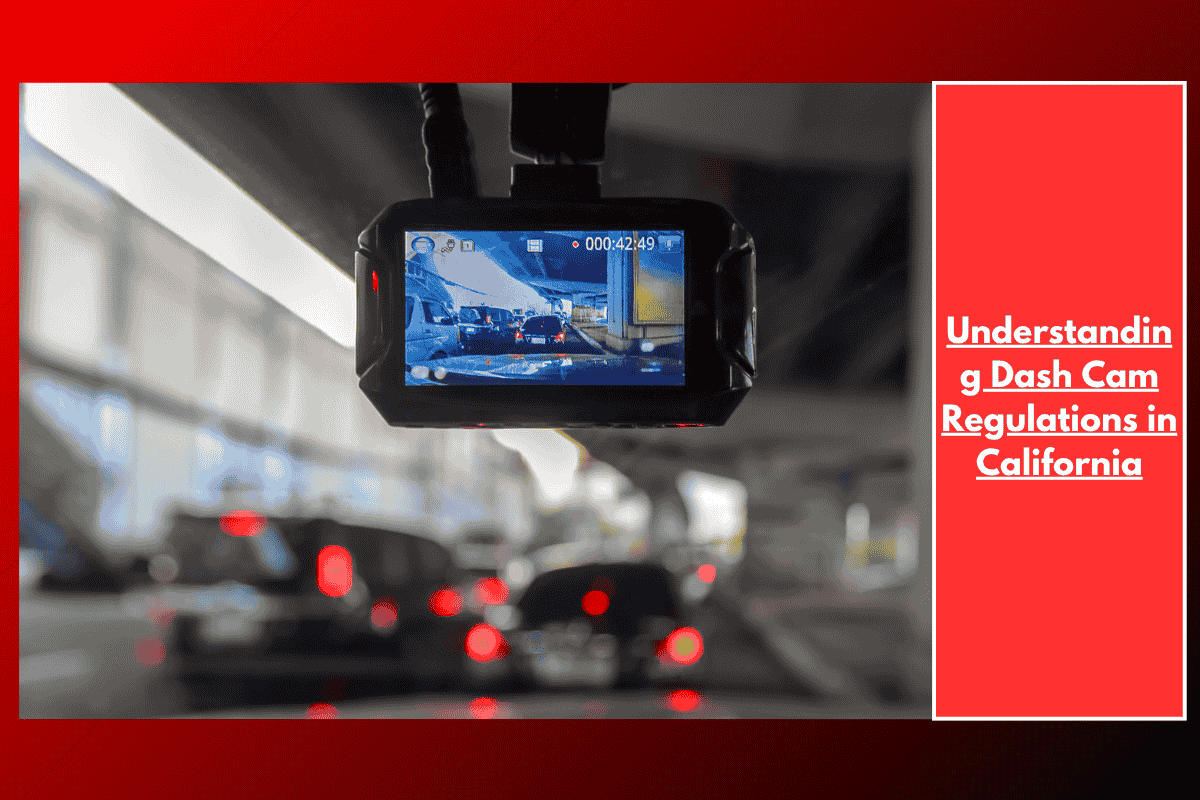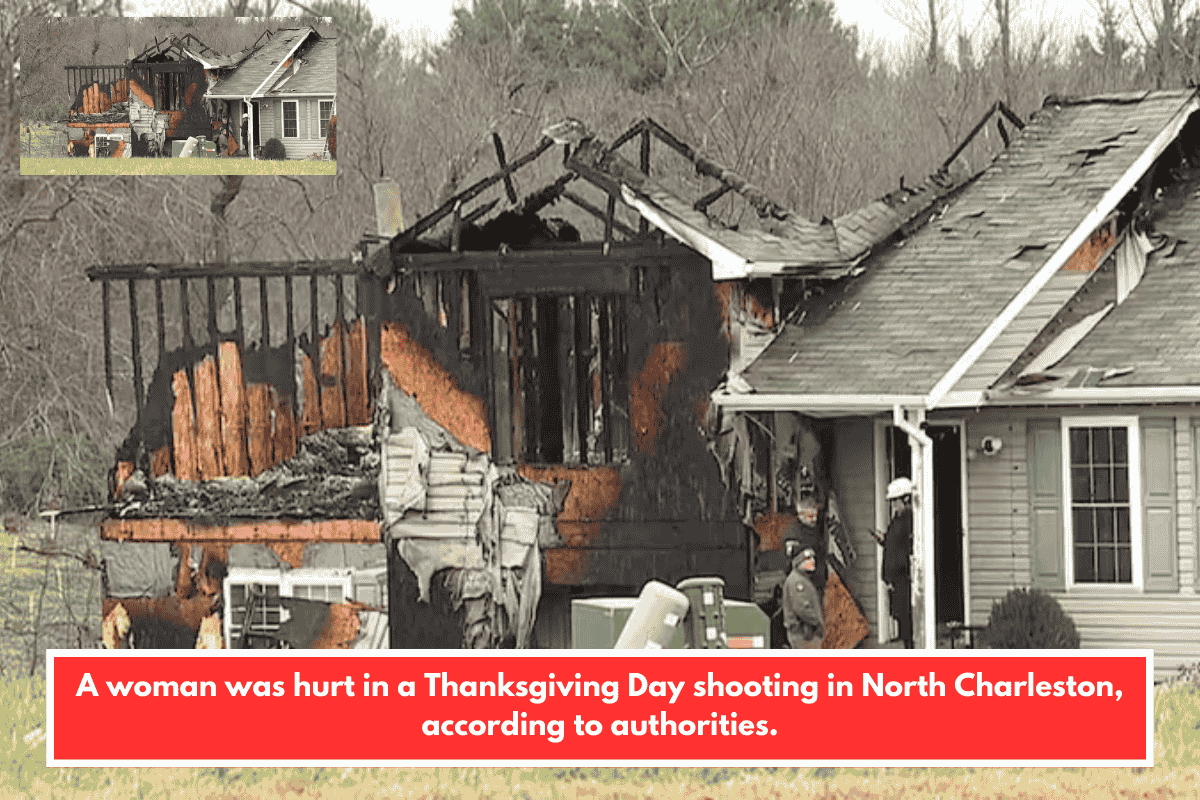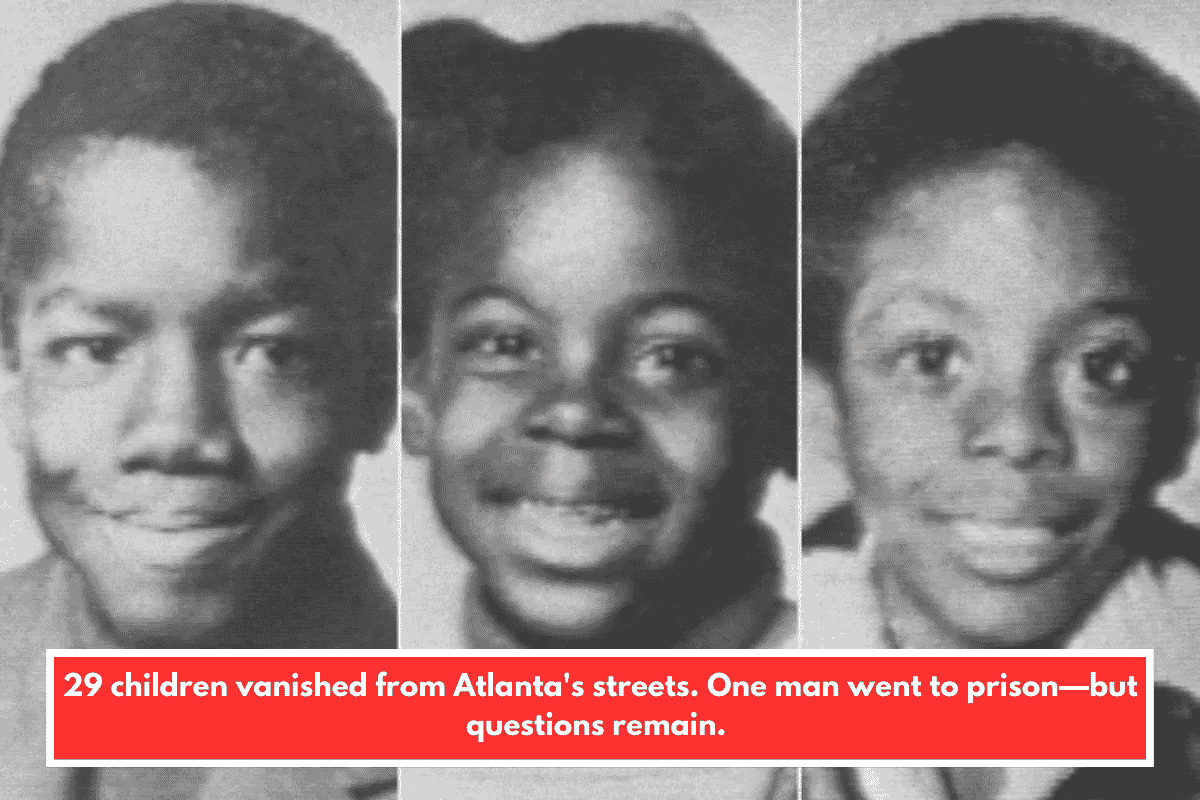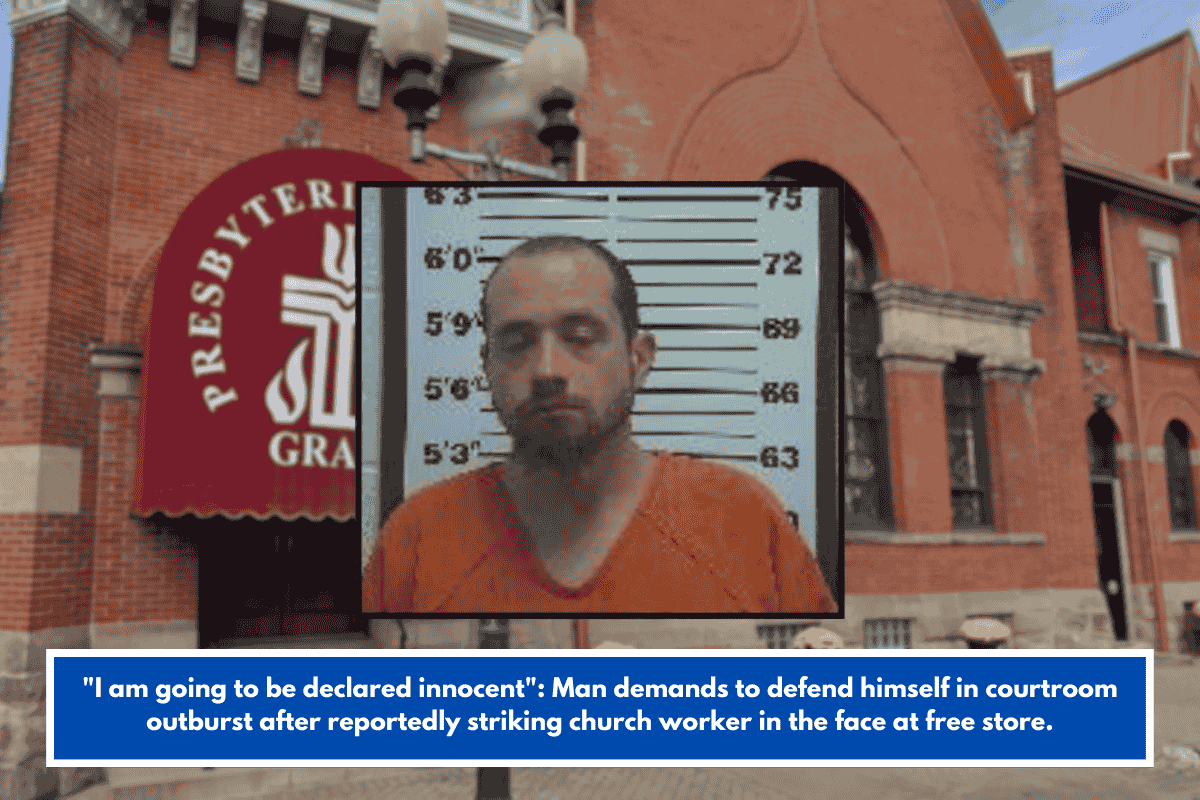Moab, a small city nestled in Grand County, has been named the poorest town in Utah, a distinction underscored by several key economic and demographic factors. Despite its reputation as a gateway to some of the state’s most breathtaking natural attractions, Moab faces persistent challenges with poverty and affordability.
Economic Indicators
Moab’s poverty rate stands at 19.9%, more than double Utah’s statewide average of 9% and significantly higher than the national average of 12.5%. According to the U.S. Census Bureau, over one in five residents live below the poverty line. This rate reflects the struggles many locals face in meeting basic needs such as housing, food, and healthcare.
The city’s median household income was reported at $55,333 in 2023, which, while higher than in previous years, still lags behind the state median and is insufficient given the area’s high cost of living. The average per capita income in Moab is $40,335, and the average household income is $72,806, but these figures are offset by the steep costs associated with housing and everyday expenses.
Housing and Cost of Living
One of the most pressing issues in Moab is the rising cost of housing. The median property value in 2023 was $478,700, and the homeownership rate was 58.5%. The influx of second-home owners and vacation rentals has driven up property values and rents, making it increasingly difficult for local workers and families to afford to live in the community. This dynamic mirrors trends seen in other resort towns across the West, where tourism and outside investment contribute to affordability crises.
Demographics and Social Impact
Moab’s population is approximately 5,127 as of 2025, with a median age of 35.6 years. The city is predominantly White (Non-Hispanic), but also has a notable Hispanic and Native American presence. The poverty rate is especially concerning among children and seniors, with nearly one in five residents under 18 living in poverty.
Community Response
Local and state agencies, including the Utah Department of Workforce Services, provide various assistance programs such as Medicaid, CHIP, food stamps, and subsidized childcare to help alleviate the effects of poverty. Despite these efforts, the economic pressures remain acute, particularly for low- and middle-income households.
Moab’s designation as the poorest town in Utah highlights the complex interplay between tourism-driven prosperity and persistent local hardship. While the city attracts thousands of visitors each year, many residents continue to grapple with high living costs and limited economic opportunities, making poverty a central challenge for the community’s future.
SOURCES
[1] https://www.census.gov/quickfacts/fact/table/moabcityutah/PST045223
[2] https://datausa.io/profile/geo/moab-ut
[3] https://worldpopulationreview.com/us-cities/utah/moab
[4] https://ibis.utah.gov/ibisph-view/indicator/view/Pov.Cnty.html
[5] https://www.welfareinfo.org/poverty-rate/utah/moab/stat-population/



